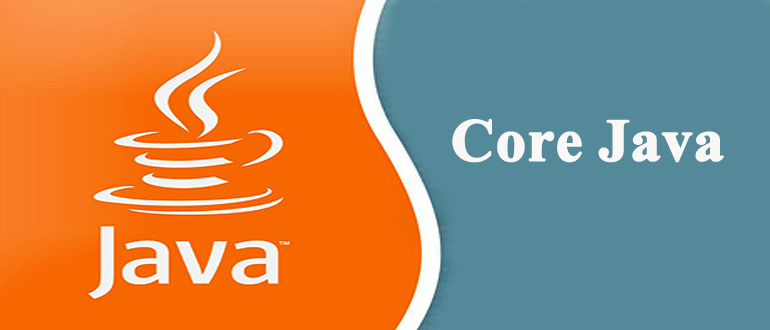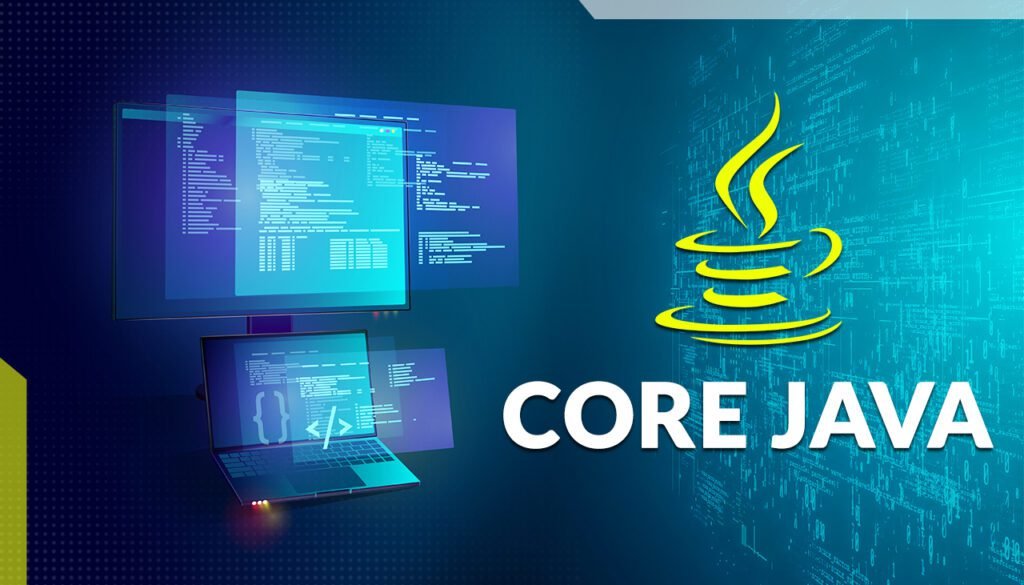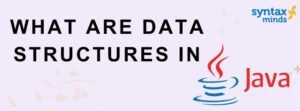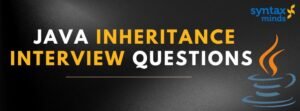Table of Contents
ToggleDifference Between Java and Core Java
Java is a versatile and powerful programming language that has gained immense popularity since its inception in the mid-1990s. It is used in a variety of applications, from mobile apps to enterprise-level software. Within the broader Java ecosystem, there exists a subset known as Core Java, which is fundamental to understanding the language. This article explores the differences between Java and Core Java in detail.
Definition and Overview
Java:
Java is a high-level, object-oriented programming language created for platform independence. It achieves this through the Java Virtual Machine (JVM), which allows Java applications to run on any device that has the JVM installed. Java includes a rich set of libraries and frameworks, making it suitable for a wide range of applications, including web, mobile, and enterprise solutions.
Core Java:
Core Java specifically refers to the fundamental elements of the Java programming language. It includes the essential features and libraries that are necessary for building basic applications. Core Java is primarily focused on the standard Java Development Kit (JDK) and is often considered the starting point for Java developers.

Scope
Java:
The scope of Java extends beyond Core Java to include various technologies and frameworks. It encompasses:
Java Standard Edition (SE): This includes the basic Java language and libraries.
Java Enterprise Edition (EE): A platform for building large-scale, distributed applications, often involving web services and enterprise-level solutions.
Java Micro Edition (ME): Designed for mobile and embedded devices.
JavaFX: A framework for building rich internet applications.
Spring, Hibernate, and other frameworks: Libraries that simplify enterprise application development.
Core Java:
Core Java focuses specifically on the foundational features of the language, including:
Object-oriented programming concepts
Basic syntax and constructs
Core libraries like `java.lang`, `java.util`, and `java.io`
Basic data types and control structures
Exception handling and basic I/O

Applications
Java:
Java is used across a multitude of applications, thanks to its versatility. Key areas include:
Web Applications: Java serves as a backend language for web applications, often using Java EE technologies like Servlets and JSP.
Mobile Applications: Android, one of the most popular mobile operating systems, is based on Java.
Enterprise Applications: Java is widely used in large-scale enterprise applications due to its robustness, scalability, and security features.
Scientific Applications: Java is favored for scientific computing due to its portability and performance.
Core Java:
Core Java is primarily used for:
Standalone Applications: Applications that run on a single computer without requiring network access.
Learning and Understanding Java: Core Java provides the foundational knowledge necessary to grasp more advanced Java concepts.
Basic GUI Applications: Using libraries like AWT and Swing, developers can create simple graphical user interfaces.
Learning and Development
Java:
Learning Java involves mastering a variety of concepts, including:
Advanced libraries and frameworks
Enterprise-level application architecture
Design patterns and best practices
Web services and RESTful APIs
Multi-threading and concurrency
Core Java:
Core Java serves as the gateway to the Java ecosystem. Learning Core Java involves:
Understanding fundamental programming concepts such as variables, data types, control structures, and methods.
Grasping object-oriented principles like inheritance, encapsulation, and polymorphism.
Familiarizing oneself with the core libraries and how to use them effectively.

Key Features
Java:
Platform Independence: The ability to “write once, run anywhere” (WORA) is made possible by the Java Virtual Machine (JVM).
Rich Standard Library: A vast collection of libraries that provide ready-to-use functionality.
Robustness: Strong memory management, exception handling, and type safety.
Security Features: Built-in security features to protect applications from various threats.
Core Java:
Basic Object-Oriented Concepts: Focuses on the principles of object-oriented programming.
Simplicity: Designed to be straightforward and easy to understand for beginners.
Basic Libraries: Core libraries that provide essential functionalities, such as collections, I/O operations, and string manipulation.
Common Misconceptions
Many newcomers to Java often confuse Core Java with the entirety of Java. It is crucial to understand that Core Java is just a subset focused on fundamental concepts. When developers refer to “Java,” they may be discussing various frameworks, libraries, or applications that are built using the language.

Importance of Core Java
Core Java is essential for anyone looking to build a career in Java development. It lays the groundwork for understanding more complex Java technologies and frameworks. A solid grasp of Core Java concepts is vital for:
Building a strong programming foundation
Transitioning to advanced topics such as Java EE, Spring, or Hibernate
Solving real-world programming challenges with confidence
Conclusion
In summary, Java is a powerful and versatile programming language with a broad range of applications, while Core Java focuses on the foundational elements necessary for understanding and using the language effectively. Both are crucial for aspiring developers, but mastering Core Java is the first step towards becoming proficient in the entire Java ecosystem. Understanding these differences helps clarify the learning path and prepares developers for more advanced programming challenges.




